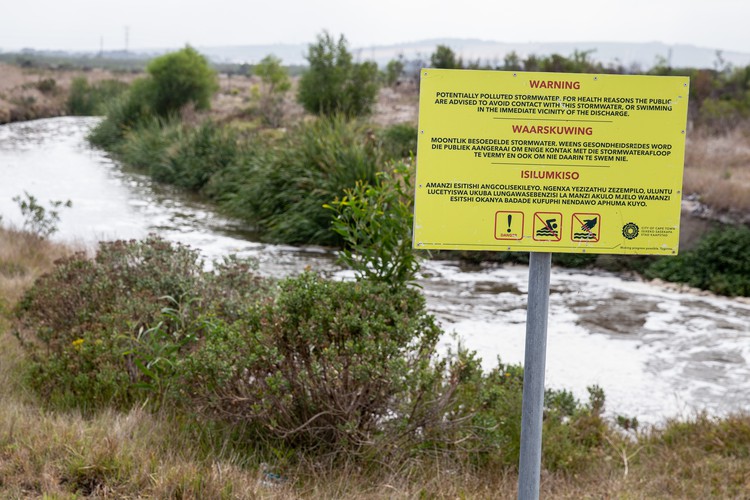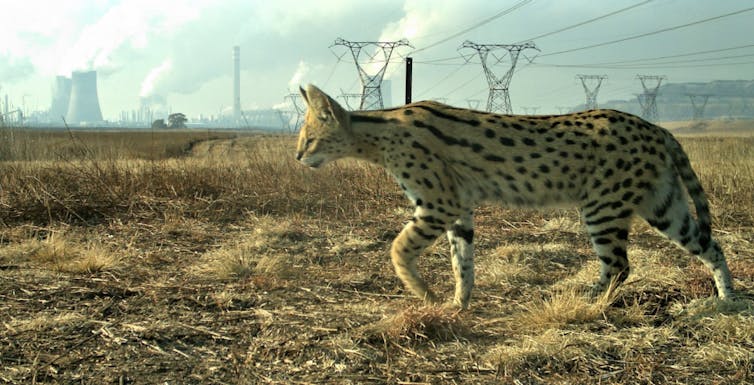By Aidan Jones
We are taking an in-depth look at the issue South Africans are most concerned about
In survey after survey, South Africans rank
unemployment as the country’s biggest problem. Solutions to reduce the
high number of people out of work are not easy to find. Over the next
weeks, GroundUp will be putting unemployment in the spotlight.
Unemployed people will describe the hardships they face, and leading
economists will analyse the problem.
Professor Vimal Ranchhod, an economist at UCT, says, “Long-term unemployment leads to unfulfilled human potential over a lifetime and can affect people’s sense of self worth and cause depression. Poverty rates are higher and this affects individuals, their families and their communities.”
The long-term unemployment rate includes only people actively looking for work. That it is so high suggests there is real awareness and effort among South Africans to find work, and there is data that substantiates this.
Afrobarometer asked a representative sample of about 1,800 South Africans in August and September 2018 what they think are the most important problems facing South Africa that government should address. Unemployment was by far the most pressing issue. Well over half those asked (62%) said government should make reducing unemployment its main priority. This was ahead of crime, housing, and education.
South Africa is not faring well on a global scale either. According to Haver Analytics (as cited by The Economist), South Africa has the highest unemployment rate amongst the BRICS nations, more than double that of Brazil (11.6%) and considerably higher than that of India (7.1%), Russia (4.8%) and China (3.8%).
The five industries that employed the most people in the fourth quarter of 2018 were community and social services, which includes government employees (3.6 million); trade (3.3 million); finance and other business services, which includes insurance, real estate, auditing and such-like (2.6 million); manufacturing (1.8 million) and construction (1.5 million). Together these five industries employ 76% of the working labour force.
Despite this, millions of South Africans remain poor, unemployed and desperate. Even many people with matric and tertiary qualifications are not spared the hardship. Economists give many reasons for our high unemployment rate: a relatively small manufacturing sector, inadequate education, poor economic policies, and inequality. Over the coming weeks we will delve deeper into these issues.
Useful definitions
Employed: People aged 15 to 64 who, during the week they are surveyed, worked for at least one hourUnemployed: Peopled aged 15 to 64 years who:
- Were not employed in the week they were surveyed; and
- Actively looked for work or tried to start a business in the four weeks preceding the survey interview; and
- Were available for work, i.e. would have been able to start work or a business in the survey week; or
- Had not actively looked for work in the past four weeks, but had a job or business to start at a definite date in the future and were available.
Unemployment rate: proportion of the labour force that is unemployed.
Not economically active: People aged 15–64 years who are neither employed nor unemployed in the survey week.
Discouraged work-seeker: A person who was not employed during the survey period, but wanted to work but did not take active steps to find work during the last four weeks.
Informal sector (non-agricultural): The informal sector consists of:
- Workers in businesses that employ fewer than five employees and that do not deduct income tax from salaries; and
- Self-employed people (or people doing unpaid housework) who are not registered for either income tax or value-added tax.
Labour force participation rate: Proportion of the working-age population that is actually working.
Source: Statistics South Africa translated into plain English
© 2019 GroundUp.
This article is licensed under a Creative Commons Attribution-NoDerivatives 4.0 International License.
You may republish this article, so long as you credit the authors and GroundUp, and do not change the text. Please include a link back to the original article.
This article is licensed under a Creative Commons Attribution-NoDerivatives 4.0 International License.
You may republish this article, so long as you credit the authors and GroundUp, and do not change the text. Please include a link back to the original article.










